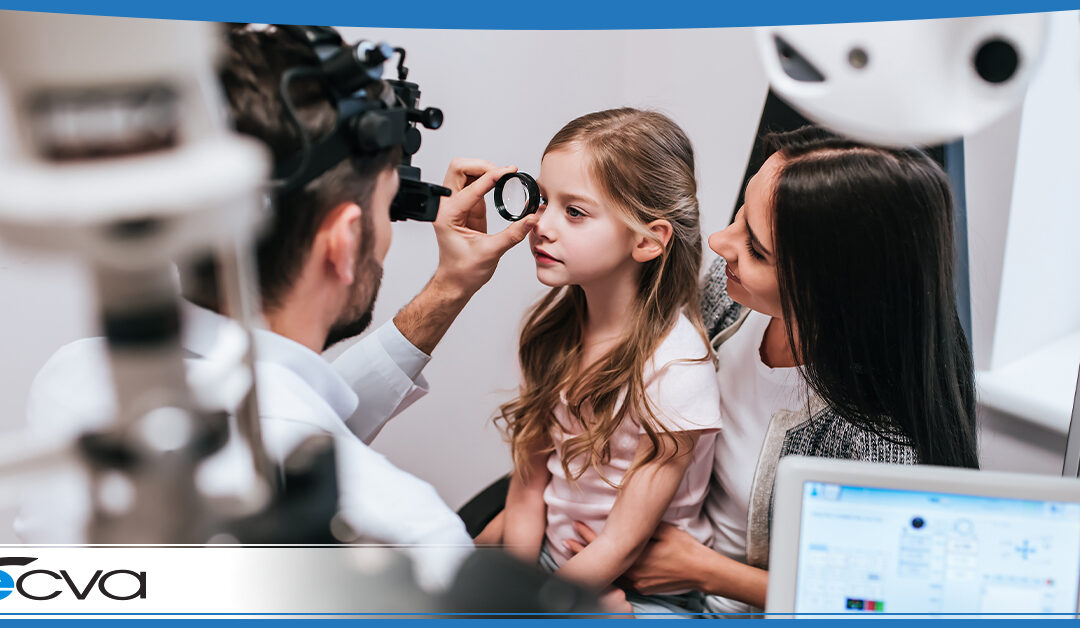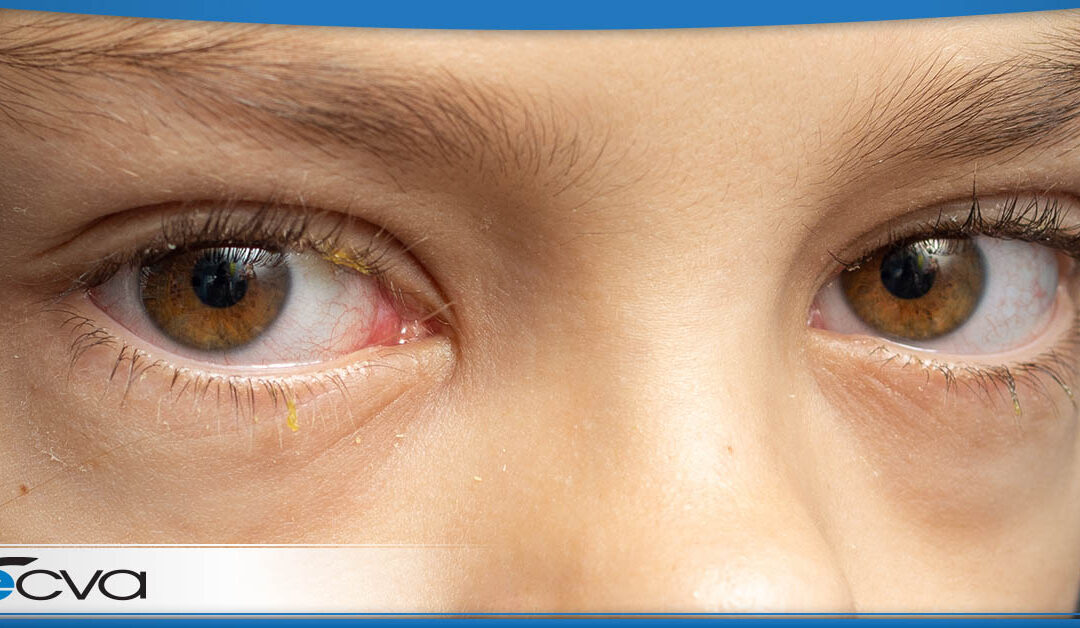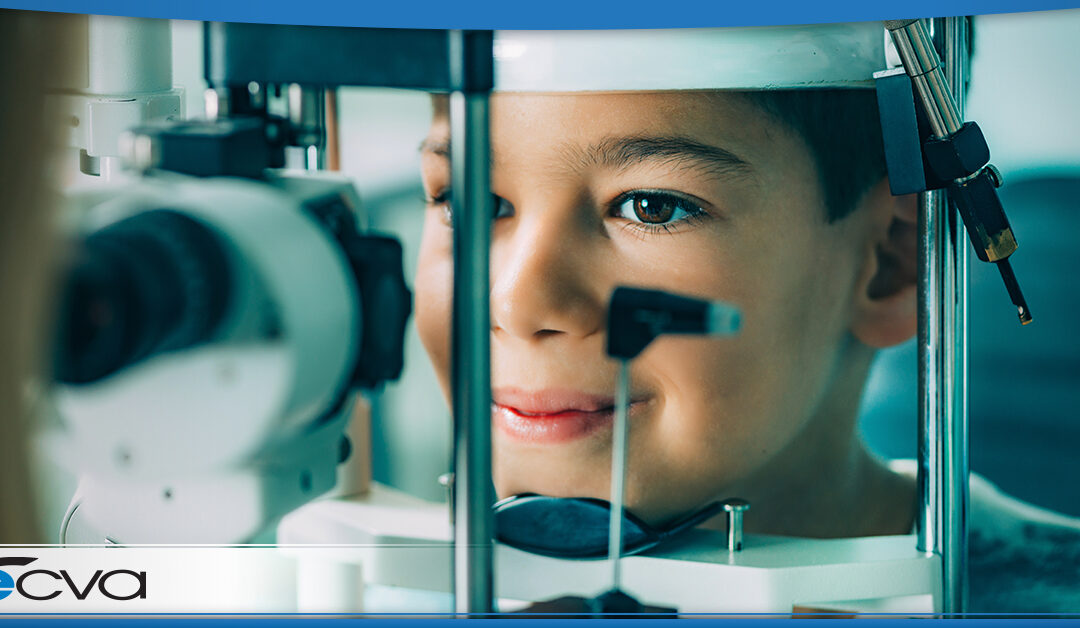
by ecvaeyeadminz | Jul 23, 2021 | Pediatric Ophthalmology
August is Children’s Eye Health and Safety Month. It’s a time where we focus on eye-related concerns that impact children and highlight the importance of eye exams for kids of all ages. During Children’s Eye Health and Safety Month, our...

by ecvaeyeadminz | Jun 19, 2021 | Pediatric Ophthalmology
Many parents aren’t familiar with all of the conditions that can impact their child’s eyes or vision. Pediatric ptosis, while common, isn’t necessarily widely known. If you are wondering what pediatric ptosis is, what the signs of pediatric ptosis are, and...

by ecvaeyeadminz | Jun 19, 2021 | Pediatric Ophthalmology
Many parents aren’t familiar with all of the conditions that can impact their child’s eyes or vision. Pediatric ptosis, while common, isn’t necessarily widely known. If you are wondering what pediatric ptosis is, what the signs of pediatric ptosis are, and...

by ecvaeyeadminz | Apr 23, 2021 | Pediatric Ophthalmology
Pediatric conjunctivitis – also known as pink eye – is incredibly common. Many children end up with the condition, though the exact cause can vary. Additionally, pink eye is often highly contagious, causing it to spread quickly among children. If you have...

by ecvaeyeadminz | Jan 22, 2021 | Pediatric Ophthalmology
Most parents are diligent about caring for their child’s health. However, many overlook the importance of eye exams or aren’t fully aware of when their child should see an eye doctor. This is especially true with younger children who aren’t yet in school or...






